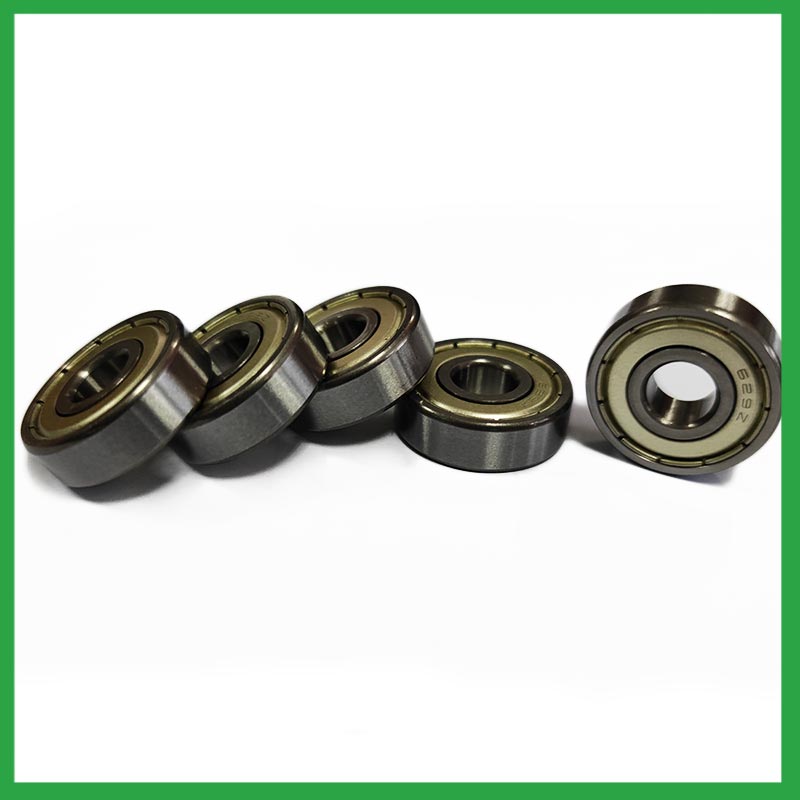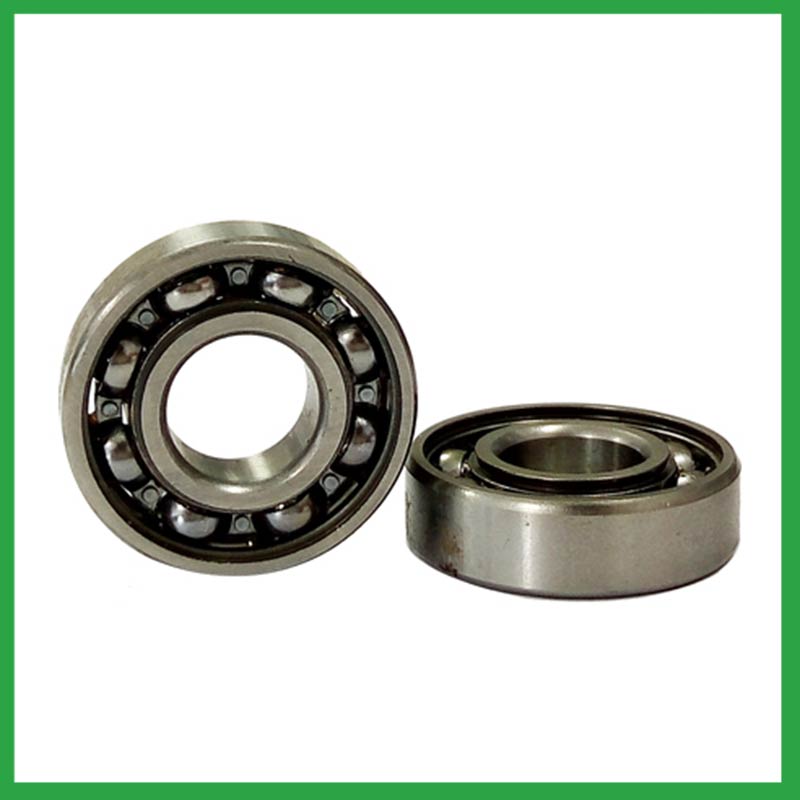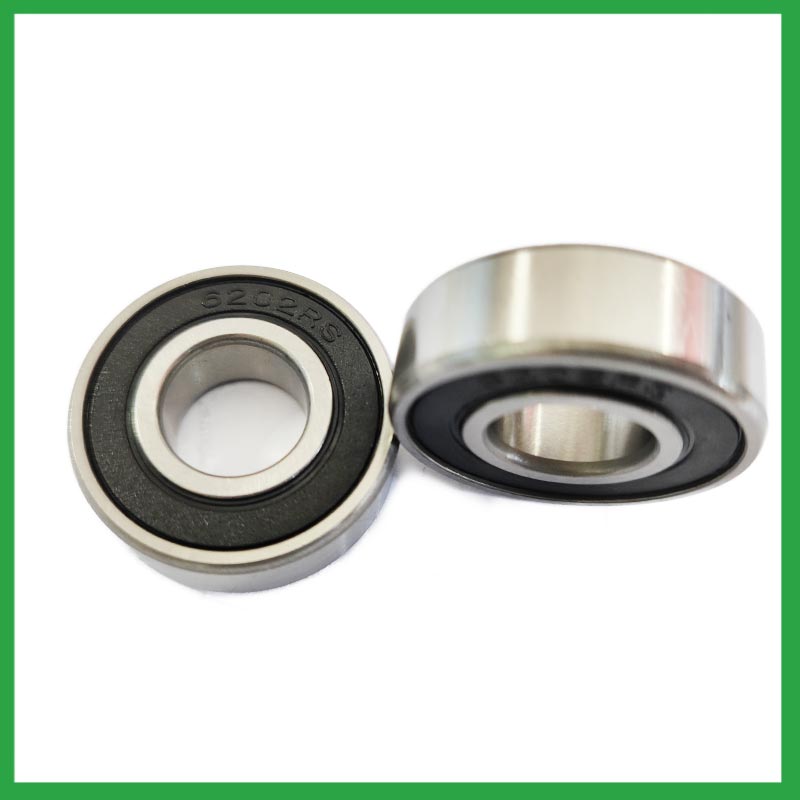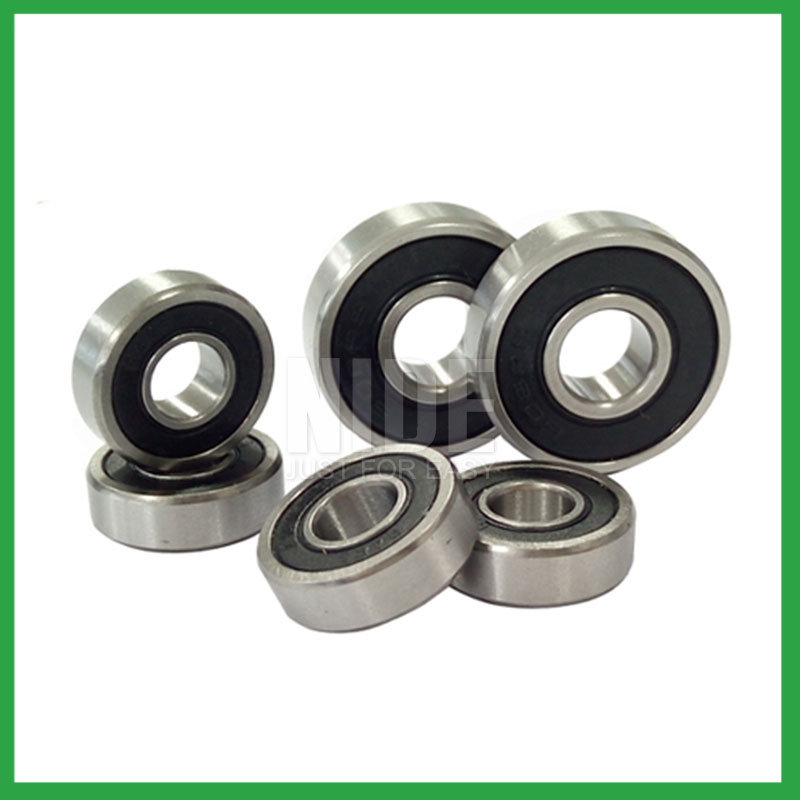PRODUCTS
CONTACT US
Ningbo Nide International Co., Ltd.
一一
· Contact person:Jack Zeng
· Mob/Whatspp/WeChat:0086-13738869026
· Email:emarketing@nide-group.com;marketing4@nide-group.com
· Add:No. 169, Wohushan Road, Daqi Subdistrict, Beilun District, Ningbo, China

Nide team could manufacture ball bearing as per customer’s drawing and samples.
If customer only has samples, we could also design drawing fo r our customer.
We also provide customized service.
Our ball bearing is widely applied the different industrials.
Ningbo Haishu Nide International Co., Ltd is a professional ball bearing manufacturer in China, exporting various high-precision bearings to target industries around the world since 2010. The factory is located in Suzhou, with a factory area of 9000 square meters and 102 employees. It mainly produces single machine and fully automatic production lines for rotor assembly line,motor assembly line,external rotor production machines and other customized machine tools or production lines.
We has professional technology and rich experience in quality control, customs clearance, commodity inspection, cargo transposition, insurance.We has rich stocks and is able to provide long tern stable supply, including rapid and urgent cargo handing . With companies in Europe, America , Japan and Korea, we are an integrated supplier of bearing, marketing all over the world.

| Parameter | Information |
|---|---|
| Product Name | ball for bearing |
| Brand Name | NIDE |
| Place of Origin | China |
| Material | stainless steel, etc. |
| Structure | Deep Groove |
| Color | Customized Color |
| Delivery Time | 5-7days |
| Port | Ningbo/Shanghai |
| Export region | Africa,America,Oceania |
| Export Country | India,Brazil,South Korea,Guyana,Puerto Rico,Germany,Virgin Islands...etc |
| Application | small rotary motors,automotive engines, etc. |
| OEM/ODM | Acceptatble |
| Size | Customized size |
| Stock | In Stock |
| Feature | Low Noise,Simple structure...etc |
| MOQ | 10 pieeces(Specific according to the model) |
| Certification | ISO9001,CE-stator coil forming machine,ISO9001:2015 certificate,etc |
| Supply Ability | 100000-500000 Piece/Pieces per Month |
| Lubricate | Oil Grease |
| Packaging Details | Suitable for sea transportation |
| Lead time (days) | 15-20 (To be negotiated) |
Please note: The above table data is for reference only. For specific information, please contact us.
ball for bearing can be used in household appliances, such as vegetable cutters,mixers,refrigerator door leaf wings,upper and lower pressure rods, etc; It can also be used in industrial fields, such as dishwashers,weaving machine spindle bearings,bearing cabinets,reducers, etc.
During the installation process, pollution from dirt and wear media should be prevented;
Temperature and humidity should be controlled to avoid excessive temperatures during startup and operation;
It should be operated and lubricated in the correct reverse direction to avoid unnecessary damage.
Ball bearings have many advantages, making them highly competitive in the market.
Firstly, they are very durable and have good wear performance, making their service life longer than many other types of bearings.
Secondly, they are easy to install and can provide low friction performance in various applications.
Thirdly, they require a relatively low level of maintenance, making them cost-effective.
In addition, compared to many other types of bearings, their purchase cost is relatively low, making them an economical choice.




ball for bearing---FAQs Guide
2.How do preload adjustments in ball for bearing affect their performance and suitability for high-precision tasks?
3.About ball for bearing,Can I add my own logo?
4.Can ball for bearing be customized with special coatings or treatments to meet specific industry standards or regulatory requirements?
5.Are there miniature ball for bearing designed for use in precision instruments and small-scale mechanisms?
6.What is the production capacity of the factory for ball for bearing?
7.What are the standard sizes and dimensions of ball for bearing?
8.How do different ball for bearing designs, such as deep groove, angular contact, or thrust bearings, cater to specific applications?
9.What are the considerations for selecting sealed or shielded ball for bearing to protect against contamination and retain lubrication?
10.As a ball for bearing manufacturer,can you supply samples?
11.What is the typical noise level associated with ball for bearing, and how are noise-reduction techniques applied?
12.Do ball for bearing come in various tolerance classes?
13.What are the advancements and innovations in ball for bearing technology that have emerged in recent years?
14.How do manufacturers address concerns related to bearing noise and vibration in sensitive equipment?
15.Are there self-aligning ball for bearing that accommodate misalignment and shaft deflection in rotating equipment?
1.As a ball for bearing manufacturer,How Can We Guarantee Quality?
Always a Pre-production Sample Before Mass Production;Always Final Inspection Before Shipment.
2.How do preload adjustments in ball for bearing affect their performance and suitability for high-precision tasks?
Benefits of Preloading a Bearing
Optimizes the ball spin to roll ratio.
Increases the rigidity of an application.
Protects from excessive ball skidding.
Decreases application vibration and sliding friction.
High running accuracy (even if load conditions keep changing)
Increases bearing load capacity.
3.About ball for bearing,Can I add my own logo?
Yes, you can add your logo on bearings and packing box. We supply OEM SERVICE including bearing's size, logo, packing, etc.
4.Can ball for bearing be customized with special coatings or treatments to meet specific industry standards or regulatory requirements?
Yes, ball for bearing can be customized with special coatings or treatments to meet specific industry standards or regulatory requirements.
1. Corrosion-resistant coatings: These coatings are used to protect the bearings from corrosion caused by exposure to moisture, chemicals, and other corrosive substances.
2. High-temperature coatings: These coatings are used to improve the thermal stability and performance of bearings in high-temperature environments.
3. Food-grade coatings: These coatings are specially designed for applications in the food and beverage industry, where bearings come into contact with food, beverage, or pharmaceutical products.
4. Anti-static and non-conductive coatings: These coatings are used to dissipate static electricity, which can cause damage to electronic components.
5. Specialized lubrication treatments: Bearings can be treated with specialized lubricants that meet specific industry standards or regulatory requirements.

5.Are there miniature ball for bearing designed for use in precision instruments and small-scale mechanisms?
Miniature bearings, despite their small size, play a significant role in various industries and applications. These compact powerhouses, typically measuring less than one inch in outer diameter, offer exceptional precision, durability, and reliability. Miniature bearings find extensive use in precision instruments and robotics.
6.What is the production capacity of the factory for ball for bearing?
The production capacity of Ningbo Haishu Nide International is:50000000pcs/month
7.What are the standard sizes and dimensions of ball for bearing?
ball for bearing size charts are widely available, and can be used to find the measurements of a specific bearing. Series 6200 and 6300 are the most commonly used, and typically range from 10 x 30 x 9 mm (. 394 x 1.181 x . 354 in) to 150 x 320 x 65 mm (5.906 x 12.598 x 2.559 in).
8.How do different ball for bearing designs, such as deep groove, angular contact, or thrust bearings, cater to specific applications?
Deep groove ball for bearing: Deep groove ball bearings are the most common type. They can handle both radial and axial loads. Angular contact ball bearings: Angular contact ball bearings have higher than average internal axial clearance. They can handle axial loads in one direction and moderate radial loads.

9.What are the considerations for selecting sealed or shielded ball for bearing to protect against contamination and retain lubrication?
First, the environment in which your ball for bearing operate in can help you identify potential contaminants, allowing you to select your shields or seals accordingly. For example, shielded bearings have a gap that can allow finer contaminants or water from washdown applications to enter the bearing and get into the raceways.The challenge for sealing bearings is to seal the bearing by protecting the bearing from contaminants and running efficiencies.
10.As a ball for bearing manufacturer,can you supply samples?
Sure, samples can be provided free of charge, and the buyer pay the postage of the sample.
11.What is the typical noise level associated with ball for bearing, and how are noise-reduction techniques applied?
To measure in accurate way the ball for bearing noise under rotation during their manufacturing process is a key activity particularly in the production of medium, small and ultra-small deep groove ball bearings. This capability in bearings noise analysis has become the real distinguishing element between a standard bearings noise equipment and a superior class one.
The various types of vibration and sound in rolling bearings can be grouped in four main categories: structural, manufacturing, handling and other. The structural vibration consists mostly of race, click, squeal and cage noise: it can be continuous or intermittent depending on specific cases. The manufacturing vibration is instead related to the waviness noise generated by the geometrical imperfections of inner and outer ring and of rolling elements, being always continuous in nature. The so-called handling vibration is normally associated with flaw and contamination and is generating – in most of the cases – irregular noise. Then there are other types of vibrabition that include noise generated by sealing and lubricant (irregular) or by runout (continuous).
12.Do ball for bearing come in various tolerance classes?
Bearing tolerances are standardized by classifying bearings into the following six classes (accuracy in tolerances becomes higher in the order described): 0, 6X, 6, 5, 4 and 2.

13.What are the advancements and innovations in ball for bearing technology that have emerged in recent years?
Significant advancements have been made in ball for bearing steels over the years. Modern, ultra-clean bearing steels contain fewer and smaller non-metallic particles, giving ball bearings greater resistance to contact fatigue.
14.How do manufacturers address concerns related to bearing noise and vibration in sensitive equipment?
From a ball for bearing manufacturing perspective, a low noise or vibration rating is achieved by paying attention to the surface finish of the raceways and balls, their roundness, and selecting the correct cage design. Finely filtered low noise greases can also be used to reduce vibrations.
15.Are there self-aligning ball for bearing that accommodate misalignment and shaft deflection in rotating equipment?
These ball for bearing are particularly suitable for applications where misalignment can arise from errors in mounting or shaft deflection. A variety of designs are available with cylindrical and taper bores, with seals and adapter sleeves and extended inner rings.

